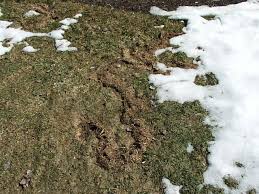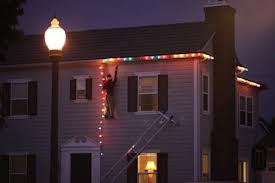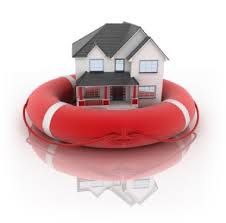Vole Holes
Tuesday, May 20th, 2014So our lame spring this year had another side effect besides delaying our kids’ soccer season by a couple weeks: the unusually lengthy period Calgary lawns were snow-covered this year created an ideal habitat for vole infestation. Voles – which look like little round, fat mice – love to chew on the roots of grass and trees in Calgary suburbs under the cover of snow, and some residents have been finding their lawns destroyed by telltale s-shaped tracks. Every year some suburban yards and parks fall victim to hungry voles, but this has been a banner season for the little suckers.
According to pest control experts, periodic chinooks usually melt the snow and disrupt the habitat, keeping populations under control, but since the snow stuck around for months at a time this past winter, the voles partied like it was 1999. Or, you know, however voles party.
The options for dealing with a vole infestation are varied: put out traps, use poison in the holes, get some cats. Nothing’s without consequences, though, especially when you have other pets or children using the yard, so your best bet is to consult with a pest control professional. Whatever you do, don’t start seeding your lawn before taking care of the vole problem: apparently voles really like grass seed.
To prevent the little critters from visiting your yard next winter, put commercially-available tree guards around the base of your trees, extending beneath the soll, and pick up any unharvested food sources from your garden. Use only rodent-proof bird seed feeders, and if you plan on putting mulch over strawberry plants or other annuals, wait until after the ground freezes. Then keep your fingers crossed for a winter with more chinooks and less snow.
Have you or your neighbours had vole problems this year or in the past? Comment below.










